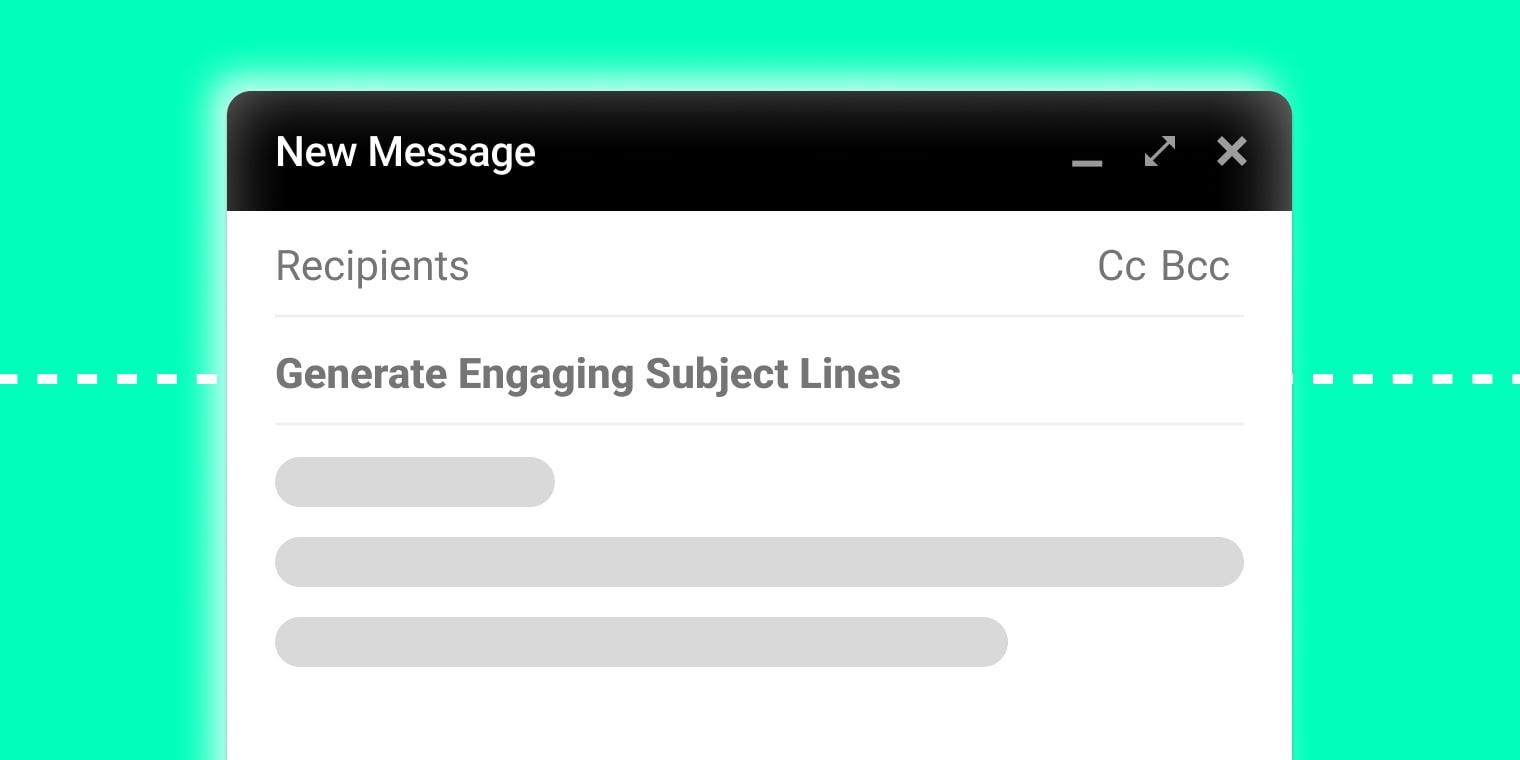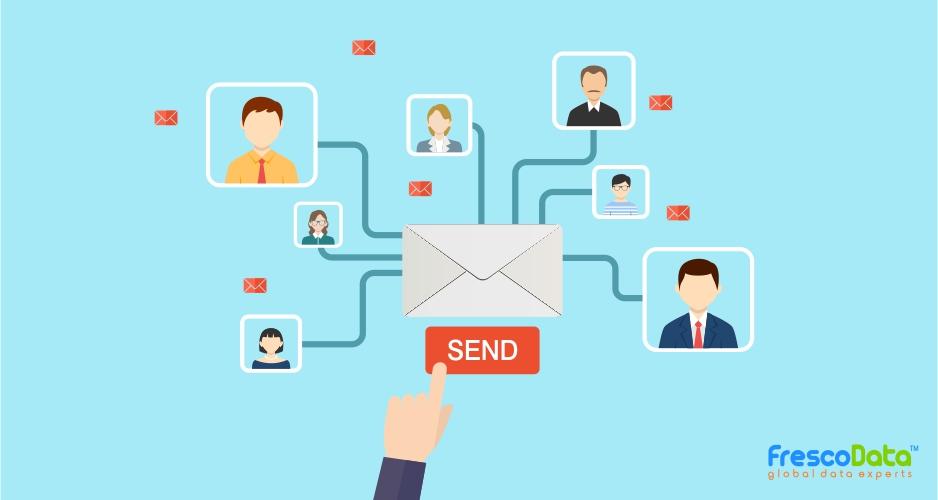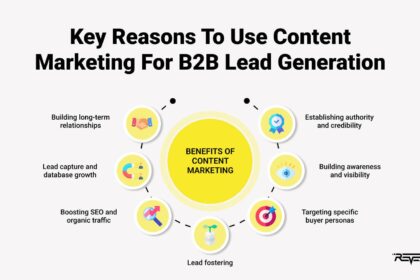In an age where digital communication reigns supreme, email marketing continues to stand tall as one of the most powerful tools in a marketer’s arsenal. With the potential to reach millions at the click of a button, crafting effective email marketing strategies has never been more crucial for businesses seeking to cut through the noise of modern communication. But what does it take to not only capture attention in a crowded inbox but also convert readers into loyal customers? In this article, we will explore the art and science behind successful email campaigns, offering insights and practical tips to help you navigate the delicate balance of engagement and persuasion. From understanding your audience to optimizing content for conversion, join us on a journey to unlock the secrets of effective email marketing strategies that can propel your brand to new heights.
Understanding Your Audience to Tailor Compelling Content
To create engaging email marketing campaigns, it is crucial to know who your audience is. Understanding their preferences, behaviors, and needs can significantly enhance the effectiveness of your content. Start by segmenting your audience based on key demographics such as age, gender, and location. Additionally, consider their interests, purchase history, and online behavior. This segmentation allows you to craft personalized messages that resonate on a deeper level, making them feel tailored just for them. Here are some aspects to consider:
- Demographics: Identify the age, gender, and location of your audience.
- Interests: Understand their hobbies, likes, and dislikes.
- Behavior: Analyze their previous engagement with your content.
Once you grasp the essence of your audience, you can tailor your content to meet their unique needs. Use A/B testing on different subject lines, images, and call-to-action phrases to see what resonates best. This iterative approach ensures continuous improvement and increases the likelihood of conversions. Below is a sample table highlighting effective subject lines based on audience segments:
| Audience Segment | Effective Subject Line |
|---|---|
| Young Professionals | “Unlock the Secrets to Work-Life Balance!” |
| Parents | “Top 10 Must-Have Products for Busy Parents!” |
| Fitness Enthusiasts | “Transform Your Workout Routine with These Tips!” |

Creating Engaging Subject Lines to Boost Open Rates
To capture your audience’s attention in a crowded inbox, your subject line must resonate emotionally and spark curiosity. Start by utilizing action-oriented language that compels readers to take a step towards your content. A few examples include:
- Unlock Your Exclusive Access
- Discover Secrets to Boost Your Productivity
- Join Our Community of Innovators
Additionally, consider incorporating elements of urgency or scarcity to nudge recipients into opening the email sooner rather than later. Here’s a simplified table illustrating effective themes for subject lines:
| Theme | Example |
|---|---|
| Urgency | Last Chance: Sale Ends Tonight! |
| Curiosity | You Won’t Believe What We’ve Unveiled! |
| Exclusivity | Members-Only Preview: Don’t Miss Out |
Crafting subject lines that leverage these tactics will help increase your open rates significantly, enticing readers to engage with your content without overwhelming them with too much information right away.

Segmenting Your Email List for Maximized Engagement
Effectively segmenting your email list is pivotal for enhancing user engagement and driving conversions. By categorizing your subscribers based on their preferences, behaviors, and demographics, you can tailor your messages to resonate with each group. Here are some valuable segmentation strategies:
- Demographic Segmentation: Age, gender, location, and occupation can help you craft relevant content.
- Behavioral Segmentation: Group subscribers by their interaction with previous emails, such as open rates and click-through rates.
- Purchase History: Segment based on past purchases to recommend complementary products or services.
- Engagement Levels: Identify highly engaged users versus those who rarely interact, allowing for tailored retention strategies.
Implementing these strategies empowers businesses to create personalized email experiences that resonate with their audience. An effective approach is to utilize A/B testing within your segments to refine your messaging further. Consider the following table for a quick view of potential segmentations:
| Segmentation Criteria | Benefits |
|---|---|
| Demographic | Targets specific groups with customized content. |
| Behavioral | Enhances engagement through relevant offers. |
| Purchase History | Increases repeat sales by recommending relevant products. |
| Engagement Levels | Improves retention by nurturing relationships with disengaged users. |

Analyzing Performance Metrics to Refine Future Campaigns
To create impactful email marketing campaigns, it’s crucial to analyze your performance metrics rigorously. Key performance indicators (KPIs) such as open rates, click-through rates, conversion rates, and unsubscribe rates reveal valuable insights about your audience’s behavior and preferences. Regularly tracking these metrics allows you to identify patterns and trends that inform your content and design choices, ensuring that you address the evolving needs and interests of your subscribers. By segmenting your audience based on their engagement levels, you can tailor your messages to resonate more effectively, ultimately enhancing overall performance.
Another essential aspect of refining future campaigns involves A/B testing various elements of your emails. Consider experimenting with different subject lines, images, call-to-action buttons, and even the timing of your sends. This iterative process not only uncovers what resonates best with your audience but also aids in developing an empirical approach to your marketing strategies. Below is a simple framework for A/B testing components in your campaigns:
| Element | Variation A | Variation B | Best Performer |
|---|---|---|---|
| Subject Line | Exclusive Offer Just for You! | Don’t Miss Out on Our Special Deal | Subject Line A |
| Image | Product in Action | Minimalistic Product Display | Image A |
| Call-to-Action | Shop Now | Get Yours Today | Call-to-Action B |
Closing Remarks
In the ever-evolving landscape of digital communication, mastering the art of email marketing is not merely a skill but a vital strategy for success. As we’ve explored the key components that contribute to crafting effective email marketing campaigns, it becomes clear that personalization, segmentation, and thoughtful design are the cornerstones of engagement. By harnessing the power of compelling content and analytics, you can transform your email marketing efforts from ordinary to extraordinary.
As we conclude this exploration, remember that the journey doesn’t end here. Continuously refine your approach, stay attuned to your audience’s needs, and embrace the changing trends and technologies that shape the email marketing world. Each click, open, and conversion is an opportunity to connect deeper with your audience, fostering lasting relationships that drive loyalty and growth.
the most successful email marketing strategies are those that resonate with readers on a personal level, inviting them into a dialogue rather than just a monologue. So, take these insights with you, experiment boldly, and watch as your efforts blossom into fruitful connections that elevate your brand to new heights. Happy emailing!



